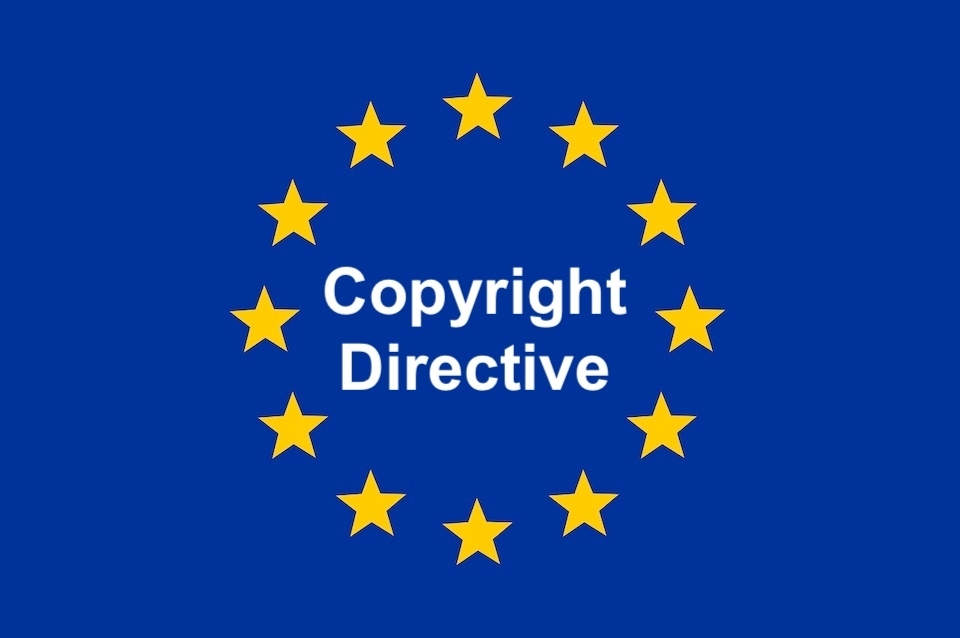Content Creators May Have Won The Battle But Lost The War With EU Copyright Directive Passage

The European Parliament finally is about to finally pass its long-contested Copyright Directive that was so widely opposed by the large tech companies but heavily supported by the content creation industry. Especially important in the Directive was Article 13 (now renamed Article 17 after a number of modifications) which makes platforms such as YouTube liable for copyright infringement if user-generated content (UGC) illegally using copyrighted material is uploaded to their sites.
If the directive becomes law, it would end the so-called “safe harbor” immunity that platforms like YouTube and Facebook have operated under in Europe (and still do in the U.S.) since their inception. But while content creators and rights holders may claim victory now, it may ring hollow in the future.
This will end the so-called “safe harbor” immunity that platforms like YouTube and Facebook have operated under in Europe (and still do in the U.S.) since their inception. But while content creators and rights holders may claim victory now, it may ring hollow in the future.
The End Of Virility?
It’s true that the intent of the Copyright Directive is a noble cause in trying to protect content creators, but there may be some unintended consequences as a result of the new law.
For one thing, if users are no longer able to upload content using their favorite song, for instance, that would seem to eliminate the possibility of anything going viral. Plus, UGC is actually a big moneymaker for artists and labels with viral content, as those videos now can be monetized, therefore earning more revenue for all involved. That’s going to be a lot harder to happen, if not impossible, now.
While it’s true that copyright holders like labels and publishers have long contended that finding videos using unauthorized content is a seemingly never-ending job, YouTube’s automated Content ID does do a reasonable job of finding these videos. Regardless of how they’re found, these UGC videos can generate some big streaming numbers that turn into additional revenue.
The Real Issue
Speaking of revenue, it seems that the real crux of the issue has been glossed over, and that’s getting YouTube to pay more. Article 17 requires that UGC platforms agree to “fair remuneration” license deals with rights holders, but doesn’t state exactly what that means. The devil is in the details here. Fair remuneration can mean anything, and YouTube et al can claim that what it’s paying is already fair.
It’s great to pass a law that gets creators paid more, but this one seems pretty toothless, at least from everything I’ve read about it so far. Without a definition of “fair remuneration,” it seems like it’s going to take a good long time before rights holders see an increase in streaming royalties from YouTube, which is the thorn in the music industry’s royalty side.
While the new Copyright Directive is only for EU countries (who knows what position the United Kingdom will eventually take if Brexit occurs), the music business is now truly a global industry, and a decrease in revenue because of the law will be hitting company bottom lines all over the world. In the confusion during the transition, you can bet that that will get a lot worse before it gets better.
What everyone has to watch for is the adoption of a similar law in other territories, especially the United States. That said, it took the EU four years to pass this Directive, and it’s hard to imagine that it would take any less time than that here.
Of course, there are many other controversial provisions of the Copyright Directive that will have a great effect on publishers and consumers alike (Article 11 and the “link tax” that includes payments for copyrighted material to publishers, for example), and it’s too soon to know how it will all shake out.
One thing seems to be sure though, if content creators were hoping for a windfall from Article 17, they shouldn’t be holding their breath.

